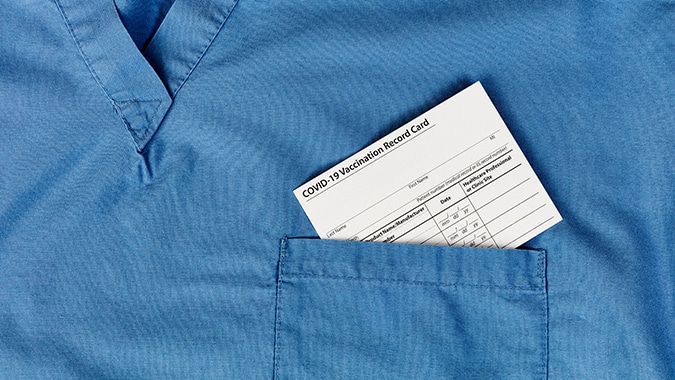As businesses begin reopening, cleaning your workplace is taking on much greater importance. In fact, when it comes to preventing COVID-19, cleaning is just the start. As explained by Michele Coutu, an industrial hygienist with the engineering company AECOM, the pandemic requires cleaning and disinfecting, and while that’s not hard, it’s important to follow the instructions to get it right.
In the world of industrial hygiene, there are four levels of cleaning—cleaning, sanitizing, disinfecting, and sterilizing. During a recent NJBIA webinar, Coutu discussed some of the key points of cleaning to combat coronavirus that all businesses should know.
“For protecting against COVID, we’re going to be using a combination of cleaning – removing those rows of dirt and material – in combination with disinfection to make sure we are getting rid of all of the infectious material,” Coutu explained.
Cleaning uses just soap or detergent to get rid of dirt and grime, but by itself it does not get rid of coronavirus. That requires disinfection, but unless a surface is cleaned first, disinfection may not be effective because the virus can hide in the crevices left by the dirt. If you want to keep your home and business clean and free of virus cleaning services dublin can help you disinfecting your premises.
Once the surface is cleaned, disinfectant is used to get rid of the infectious material. Coutu explained that two considerations need to be taken into account—the type of disinfectant and its contact period. Basically, there are four levels of disinfectants, Coutu said: Accelerated hydrogen peroxide is the strongest, followed by quaternary ammonium, alcohol solutions with at least 70% alcohol, and bleach in a 99:1 dilution.
The key is making sure the disinfectant is in place long enough to kill the virus. The EPA has published a list of coronavirus disinfectants and their minimum contact period. Coutu said the process in three words is: Wet, wait, and wipe. The contact period can vary from a couple of minutes for some hydrogen peroxide products to 10 minutes for ammonia. One of the pitfalls Coutu cautioned about involved alcohol-based solutions, which can sometimes evaporate before reaching their contact period.
As for frequency, there really isn’t such a thing as too much cleaning and disinfecting. For businesses that are opening on a limited basis (i.e. skeleton staff, no visitors) she recommends a minimum of twice a day. If you have close to a full staff or customers are entering the business, you should be disinfecting every hour. All businesses should pay special attention to high-touch surfaces—door knobs, light switches, faucets, and coffee stations.
Coutu also said that in addition to routine cleaning, employers should have an emergency cleaning plan in place in case they come into contact with a worker or customer diagnosed with COVID-19. That plan should include ways of identifying where an infected person has been and giving that area a more thorough cleaning as soon as possible.
“These are things we want you to think about before you get into the workplace to make sure everyone knows what the process is, to make sure you’re using the products correctly and that you’re being as effective as you can,” Coutu said.
Go here to view the full webinar.
